You’re sitting on your front porch, watching your kids ride their bikes up and down the street. You wave at your neighbor mowing his lawn. All of a sudden, a van pulls up and several foreign-looking people pile out wielding cameras.
Without a word, one man stoops in front of you and takes an up-close photo of you in your sweats. The others point cameras in your windows and at your kids, while you wonder What in the world is going on?! or perhaps something less polite.
This is not the best way to take great photographs of kids.
Yet, this scenario can play out over and over when people visit the developing world. When we’re visiting another country, it can be easy to turn our brains to vacation mode and forget that we’re visiting people’s homes and not Epcot.
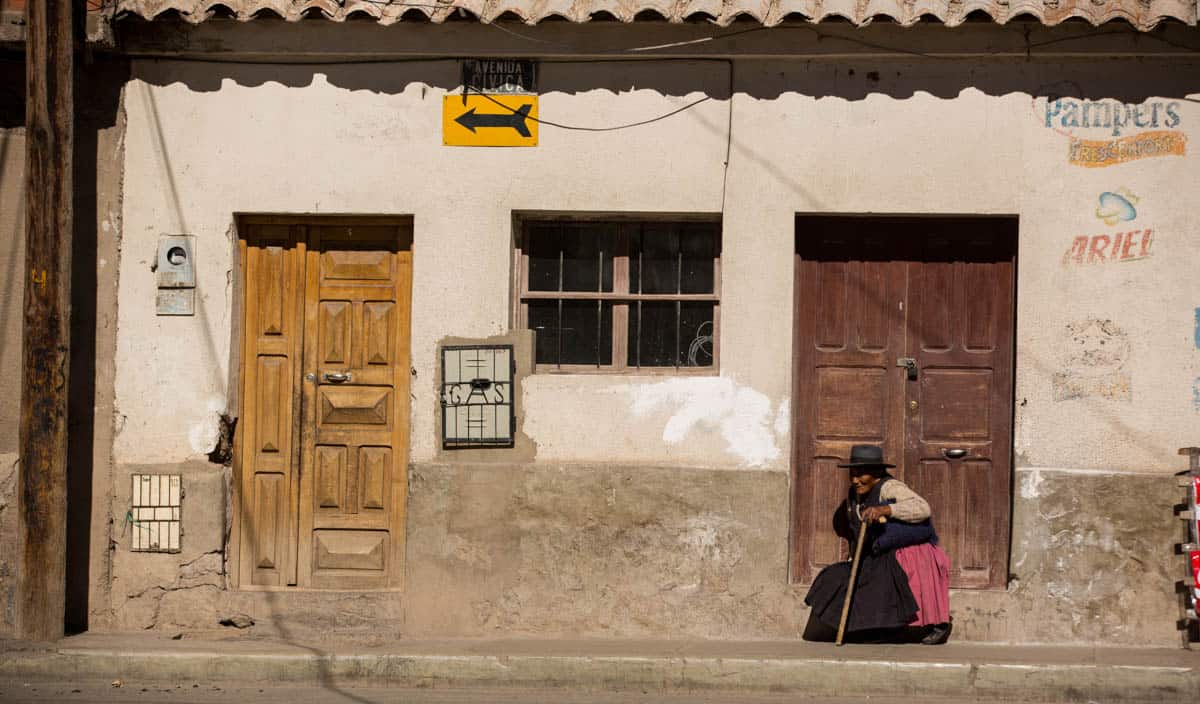
This doesn’t lead to friendly relations — I know photographers who have been yelled at, had things thrown at them and even been chased. They’ve been told,
“We’re not the animals you came here to photograph.”
Ouch.
How can we take photographs of people while treating them with dignity — not as if they’re animals in a zoo — while also portraying their need to people back home?
Here are five ways in which Compassion photographers strive to take great photos of kids — and some tips for sponsors who get the chance to visit their sponsored children. (Special thanks to Jeff Arnold for his photography expertise and photos.)
1. A good photo starts with relationship.
You might get a seemingly killer photo when you surprise someone on the street and snap their picture. They look crusty, and you can use the photo to show people back home how poor people are unhappy.
But is that really the truth the photo is telling?
If you stop to talk with the person, you might find that they’re simply angry at you. If you get talking and get to know them, their smile comes out, their passion, their humor, their humanity. That’s the real person.
Don’t confuse a crusty look at a stranger with authenticity.
Great photos come when you spend time getting to know someone — or in the case of children, playing with them. Spend time on their level, literally. Laugh with them. Make goofy faces. Pretty soon you’ll be getting amazing photos of children that show what they are really like.
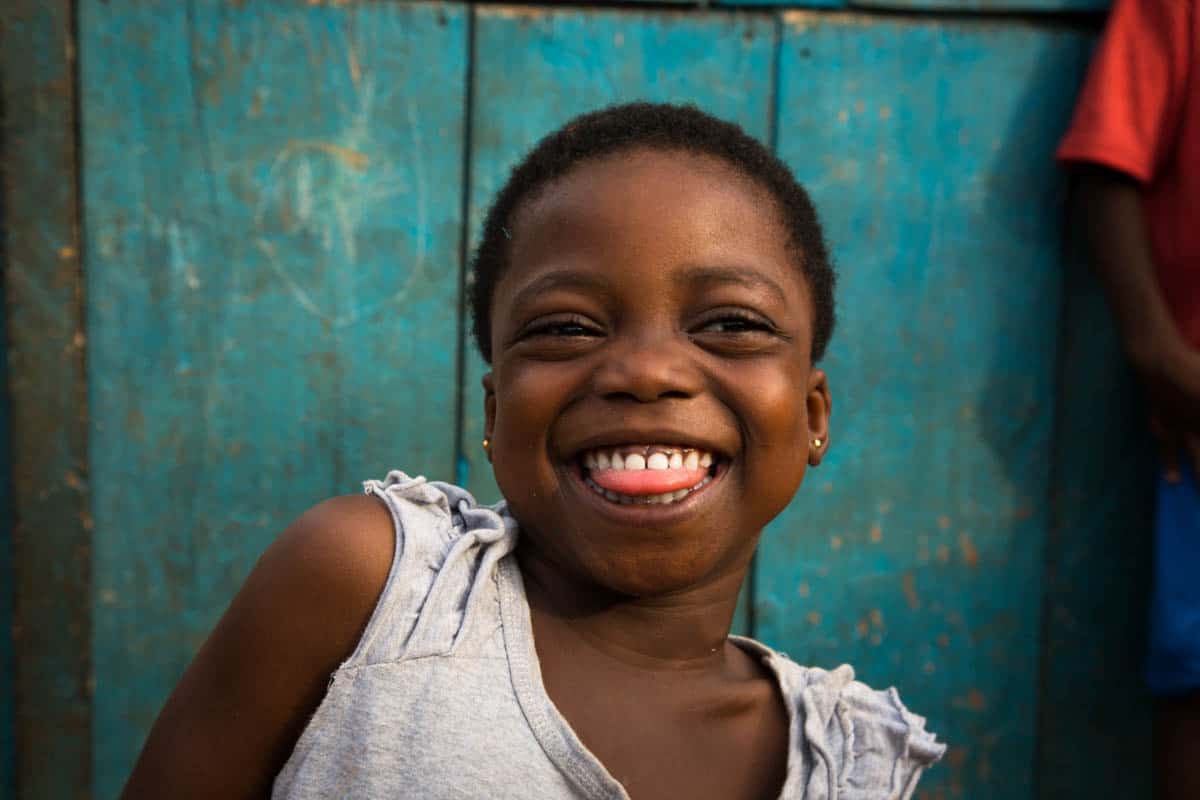
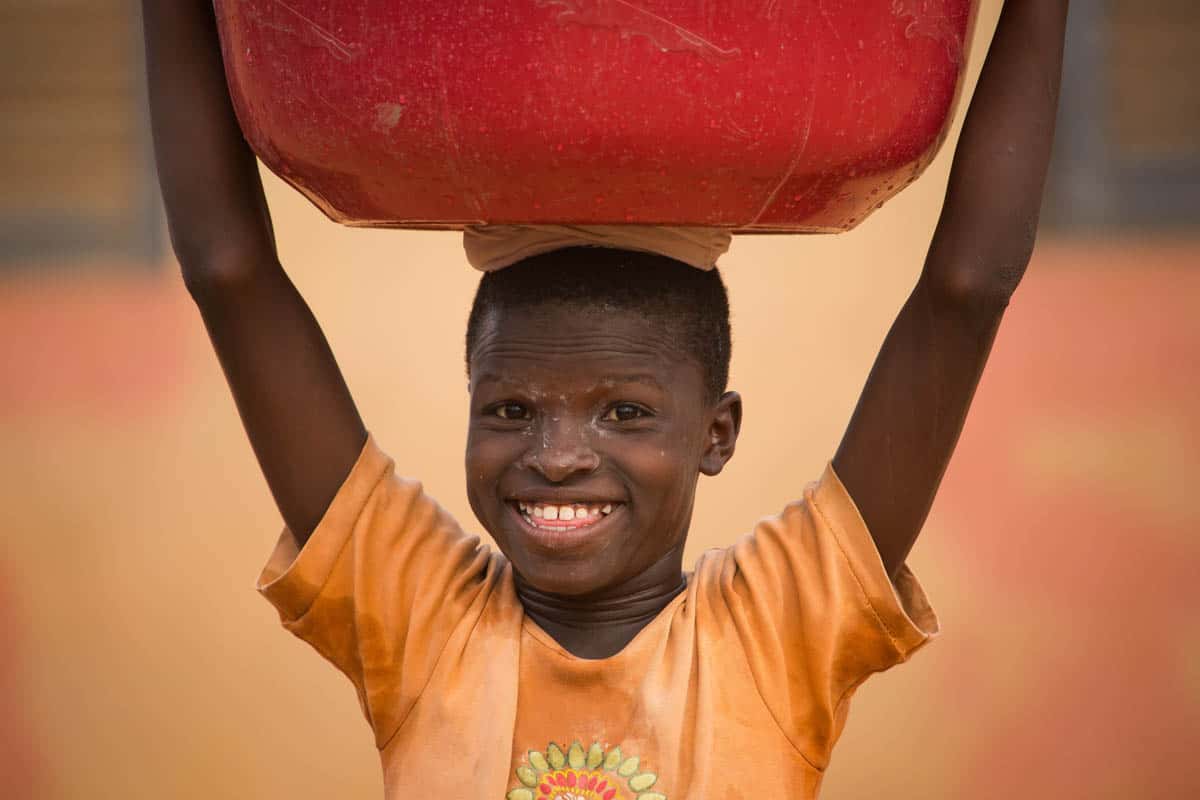
2. Speak their language.
You don’t have to become fluent in Swahili. But learn a few phrases to show people that you are willing to meet on their ground. Learn “Hello,” “How are you?” “Smile,” and “May I take your picture?”Their giggles at your accent will be a great way to get an authentic photo.
And if you can’t master “May I take your picture?” use the international language of pointing to your camera — they’ll know what you mean. Most kids will say “yes” and then mob your camera to look at themselves.
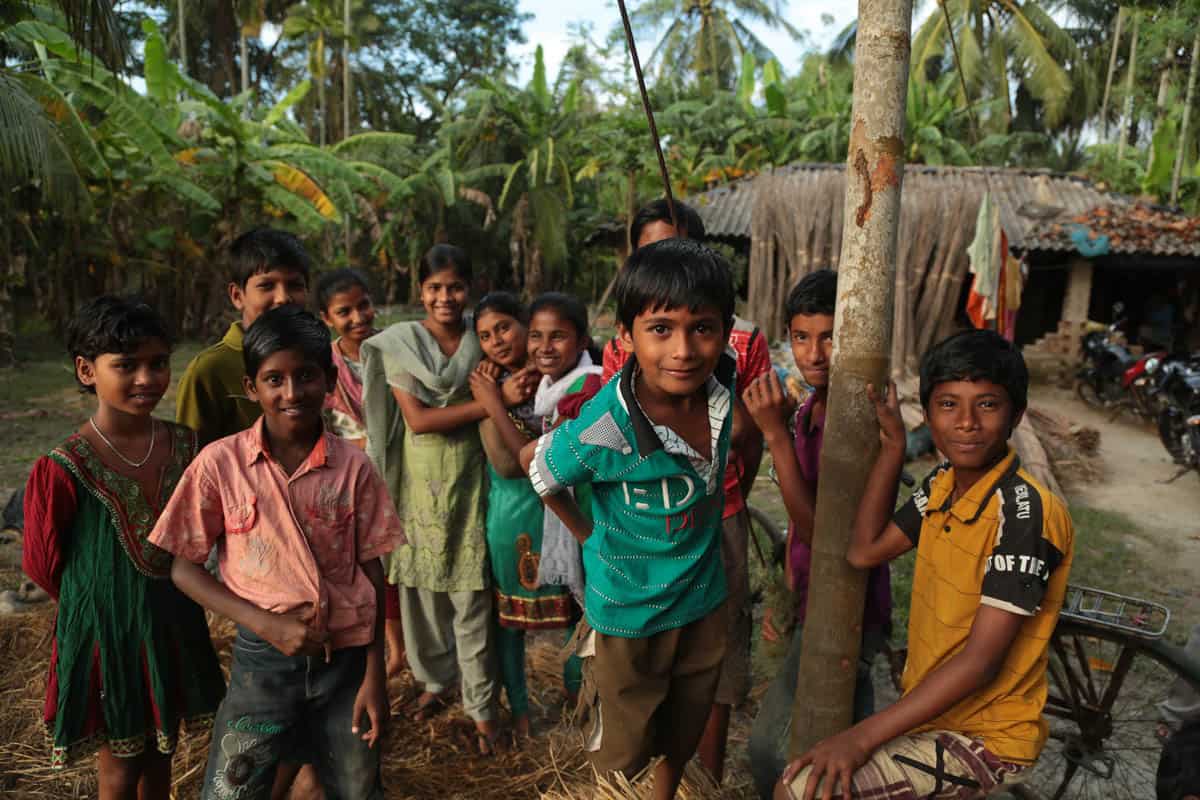
3. Give each child dignity.
Here’s a good question to ask yourself when you’ve taken a photo of a child: Would her mom be proud of this photo? Or would she be ashamed and embarrassed?
Our ministry earnestly wants to “do to others as we would want them to do to us,” so we don’t take photos that could exploit or embarrass a child — we take photos that give a child pride and a sense of worth.
Sometimes we hear, “These kids don’t look that poor.”
Partly that’s because these children have a difference in their life. We have helped them get school uniforms and taught them hygiene and to take good care of their belongings.
But this is also because we take the issue of a child’s dignity seriously. We won’t use photos that strip children of dignity in order to raise funds. We believe that when we show a child’s humanity and not simply the depravity of a situation, people will be moved.
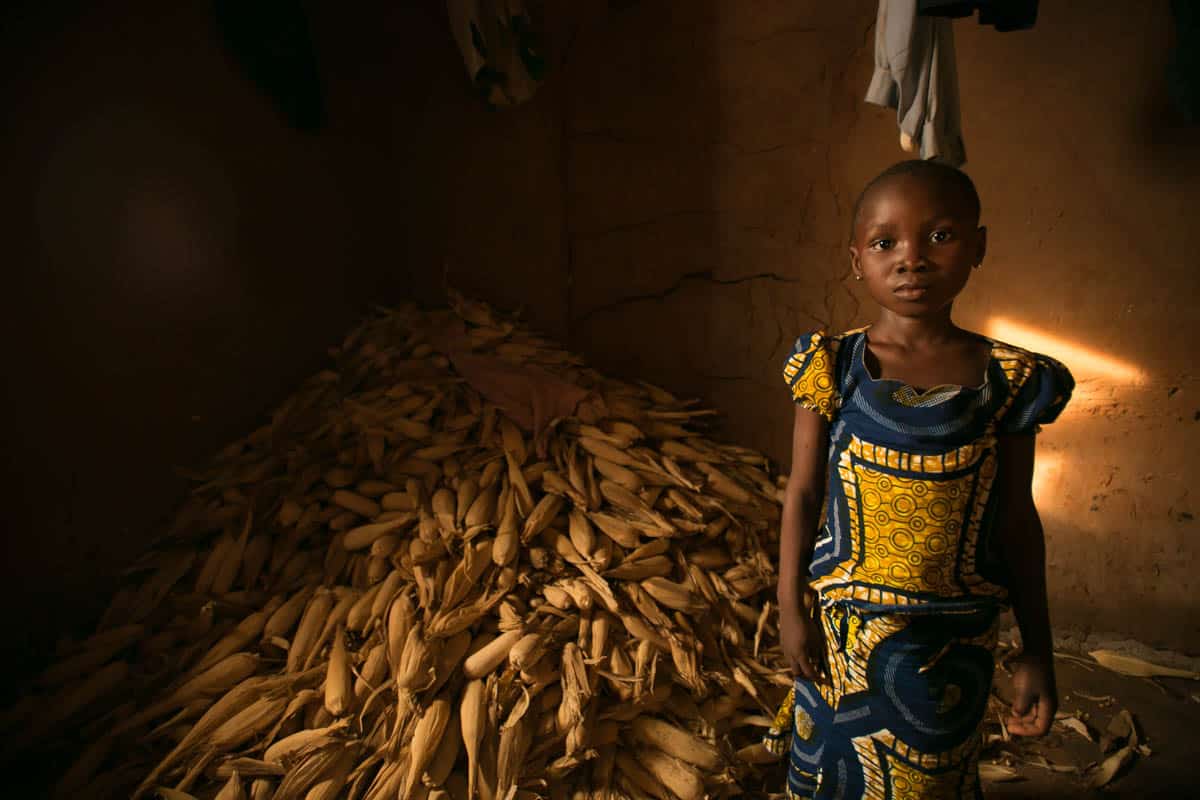
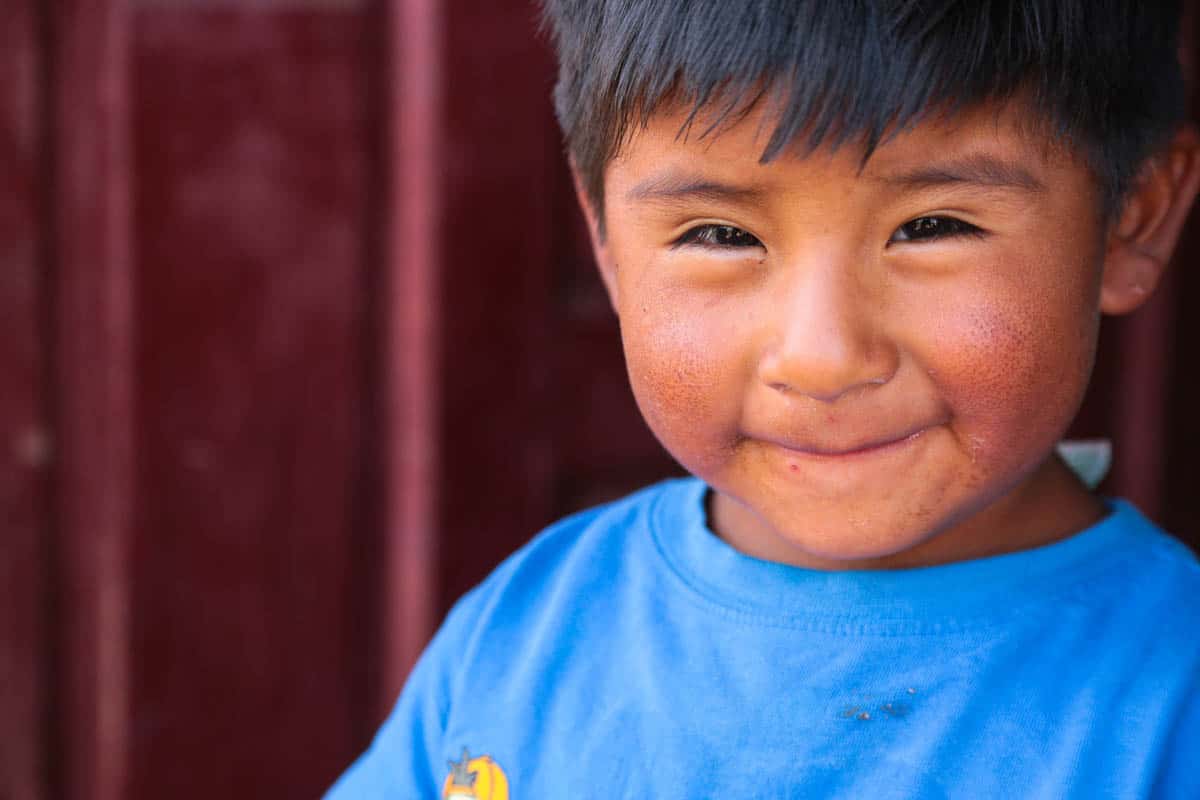
4. Tell the truth in your photos.
Photos are powerful things. And so, it’s important that our photos tell the truth.In doing a story on famine, one of our photographers found that his interviewees didn’t look all that skinny. But he didn’t go looking for the skinniest family around to photograph because that simply wouldn’t be the whole truth.
And guess what? The truth is always better!
When you tell a genuine story through photos, the authenticity shines through and makes the photos great.
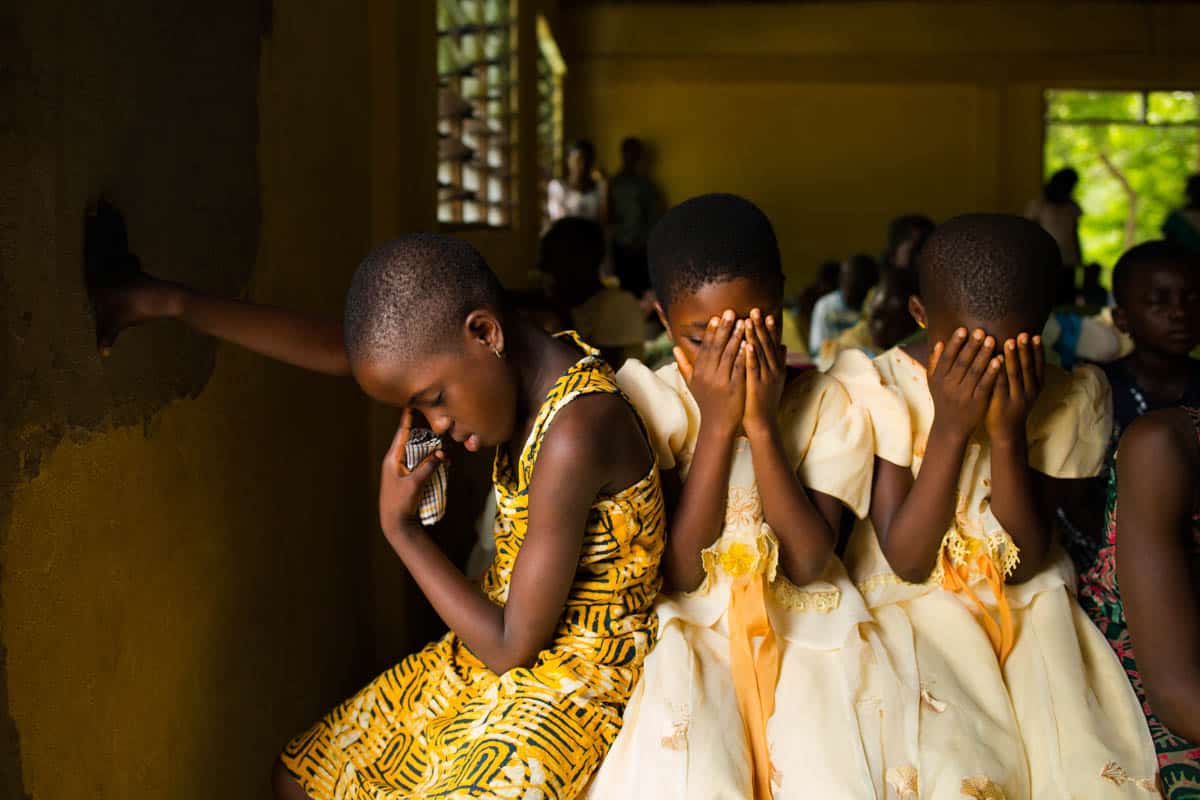
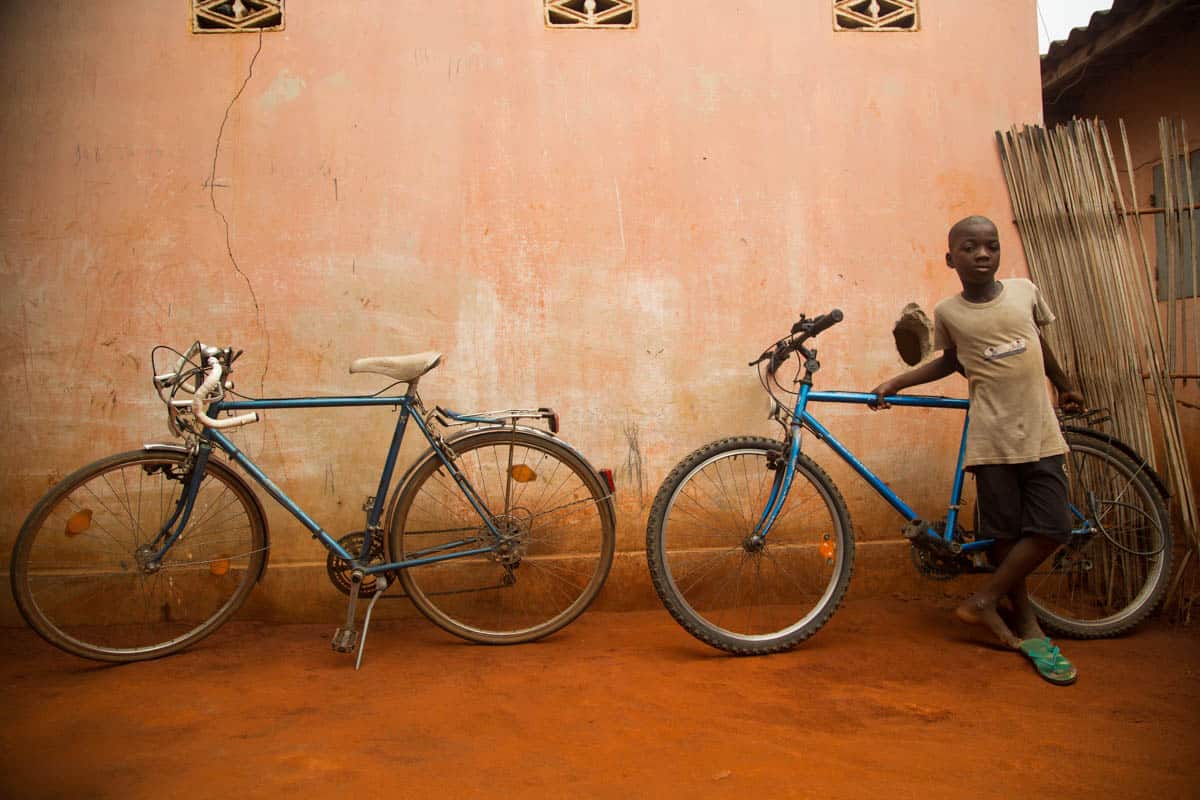
5. Come out from behind the camera.
When you’re on a trip, it can be tempting to take pictures of absolutely everything — you don’t want to lose one memory! But there is great value in soaking in your surroundings, being fully present.
If you’re on a sponsor tour, think about trading off camera responsibilities with a friend so you can take some time off, just taking everything in. Taking time to observe can often lead to noticing an amazing shot.
And when you’re out from behind the camera, you will view the people around you as potential relationships and not just as subject matter for a photo — see point 1!
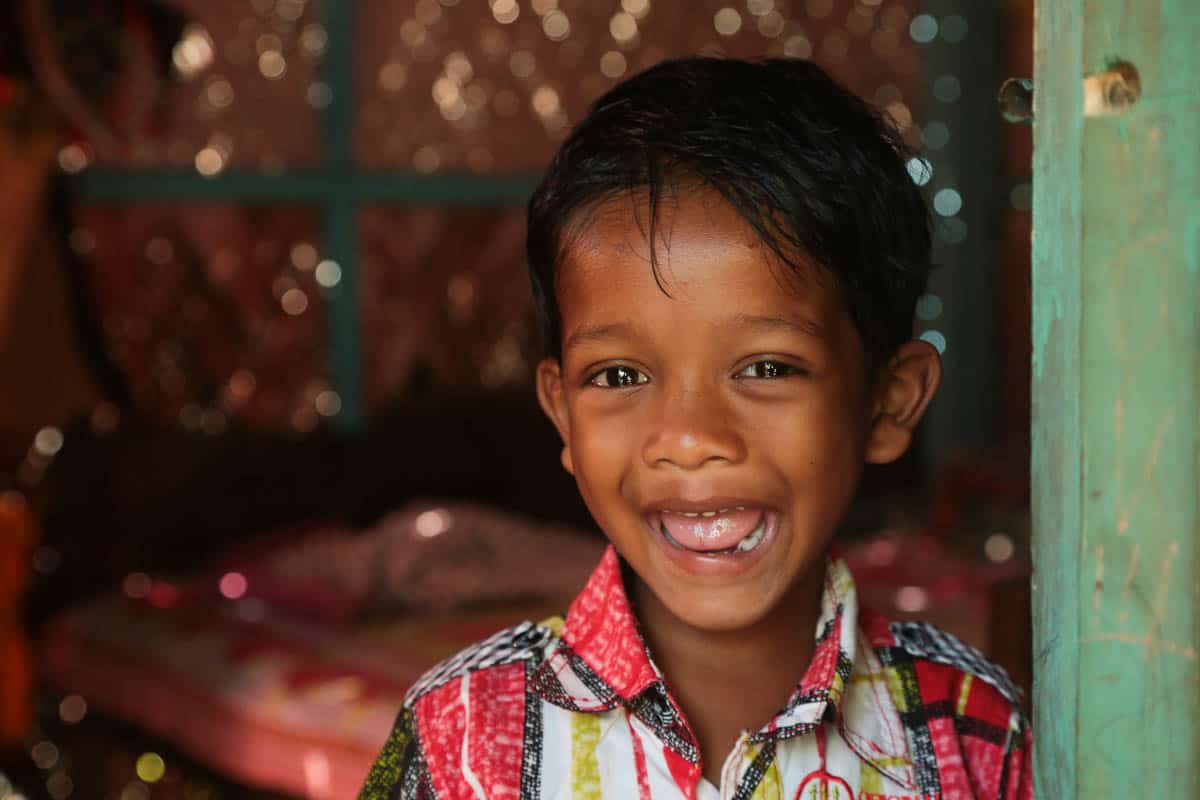
What do you think? Have any of you had a chance to visit your sponsored child or the developing world? What tips can you offer other sponsors who are about to embark on that journey?
We originally published this post on January, 28, 2013.







30 Comments |Add a comment
Great article! Also, if you have opportunity to go on a sponsor trip and spend time with your kiddo, see if you can take photos of their family, photos with you, and activity photos which represent the good memories made during that visit. Then attach the photos to your next letter, telling them how glad you were for the opportunity to spend time with them, getting to know them better, meeting family member(s), etc.
Debi,
Thank you so much for your comment! I just love this advice! Visiting your children produces memories you will never forget! I am sure the children more than appreciate getting to keep a copy of those precious memories as well! ?
I have been on the mission field over 10 years in Central America. I am presently in Mexico. Of all the things that a person can do while visiting other countries I believe taking pictures like you described is the worse.The people already, many times, have low self esteem or feel intimidated by North Americans.
We all want and need those pictures but take time to know the people and then when you take those special pictures home you will take their true story and a special place in your heart for them and their communities.
i have trust in my lord that i know almighty father who is above can feed this children of the maasai because i tried my best to find someone who can provide them by education and other needs, if i will get someone to provide them,i will appreciate when God give somebody to be tenderhearted and remember this children
Hi there! Thank you for your heart to serve God’s children! Please email us at [email protected] about partnering with us.
I work in Honduras, and I think your ideas are great for the seasoned veteran as well as casual tourist or volunteer. When we have guests from North America, I ask them to refrain from pictures during a work project such as when we are serving meals, so that the whole team can work, then take pics later. I also ask them to not disturb a congregation on Sunday morning, as Hondurans are more formal than most North Americans. They do not want to be disturbed in a church setting, usually.
Love your pictures and this post is great. As a photographer myself, I know the importance of thinking of people, not as subjects of an image, but as the soul that give an image life. Anyone can point a camera and capture the dirty grunge of poverty and need. It takes a real artist to capture the smiling face of a child in need and evoke a compassionate response to the need.
I absolutely love Compassion’s pictures! You guys do such a great job of capturing the moment! You inspire me to keep improving and growing in my photography!
That’s awesome Katie. Thanks for the great feedback. Keep shooting and learning more about how to capture the viewers attention to what you want them to notice.
Jeff
Compassion photog
Hmmmmm, I don’t know if I wasn’t paying attention or not, but I don’t remember this instruction from my CI trips. It would be great if this is drilled into the sponsors on days 1,2,& 3 of the tour and individually reinforced later s needed. I never had the message in such a concise yet direct format!
I went with a compassion sponsor group to Rwanda a year and a half ago. I would ask the children if I could take their photo and they would run and get their friends to be in it too. They loved looking at the back of the camera to see what they looked like. One time where I was yelled at as I was taking a market place photo. A woman at the market place got angry. I don’t know if she thought I was taking the photo of her or what. I couldn’t communicate with her so I just walked away.
I went on a sponsor tour in November 2011 – the kids LOVE to take photos themselves. My camera was comandeered for an afternoon…. but I got the best photos! 🙂
I have been to see my compassion child in Bolivia twice. I am so thankful that God gave me this opportunity!
The kids in his project couldn’t wait to get their pictures taken and then they wanted to see them! Digital cameras are great for this. Many of the kids wanted pictures of me with them. I was sure to print these and send them to Daniel so he could give them to his friends.
I got a lot of pictures of Daniel using the things I had brought him. I also brought t-shirts for him and his siblings from the summer camp I worked at in Oregon. It was so neat to capture photos of them in their t-shirts and then show them to the program director at the camp.
Candid shots are always better. Take pictures of them playing, reading, praying, laughing, smiling, enjoying life. These will not look forced.
Well said. I have small children’s project in Honduras. I encourage my friends from North America to be careful with cameras. I prohibit them in certain situations as well like when we are worshipping or praying or teaching.
I always ask before I take a photo. There will be an occasional “no.” I respect there wishes and move on. You are so right about the kids. They want to see themselves and most are more than willing participants. Kees, you are spot on in your comment about letting the kids use the camera.
I’ve made a couple of trips to Ghana, not to visit my sponsor child, but to volunteer with an orphanage there. Some of the best pictures I have from those trips are from when I let the kids take the camera. They’d run off and take pictures of some very random things, but they were themselves, not putting on a show for anyone else and just having fun. Although I didn’t personally witness some of these pictures, they mean a lot to me because they are genuine and show the kids truly having fun and just enjoying life.
What a great post! Your tip number 3 reminded me of a favorite picture I snapped on a mission tip to Ukraine. While visiting an orphanage, we found, like you note, that all of the kids wanted their picture taken and love to look at themselves in the camera. But there was 1 girl, about 10, who did not want her picture taken. She had been abused, resulting in disfiguring scars to her face, arms and hands. During the program, she and I sat near each other. She giggled and pointed at my feet. My toes had nail polish on them as did hers. It was the first time I saw her smile. I picked up my camera and she ducked her head. I indicated that I only wanted a shot of her feet. In the end, the picture I got was one of both of our feet! She giggled again as she looked at it in my camera. Every time I see it, I think about God created both of us.
Great article, Amber!!! I tell you one thing that I do a lot of times is to loan my little camera to the children, who then take photos. They can come up with the best photos in the world!!!
I found that especially effective with children that are very shy. They don’t want to be photographed. Then I let them take some photos and they’ll “warm up” to the camera and they want to have their picture taken. It’s nice with the digital camera, because they can see the picture on the back.
In some areas of Bolivia, people actually believe that if you take a picture of them, that you take part of their soul. The projects obviously not believe that, but the native people that believe in pachamama believe that a lot of times.
This little girl Nahomy loves the camera. She always takes a ton of photos and likes to have her photo taken. She calls me uncle. Oh, and this is in the same center that is featured in the mobile experience CDI BO561 in Cochabamba, Bolivia.
http://www.keesboer.com/nahomy
Her mother is in one of the photos. She used to be the accountant of the CDI.
Wow! This is EXCELLENT advice!
GREAT blog – thanks so much for explaining this issue so well! My husband and I run a non-profit that does orphan care in 4 countries overseas, so we are often dealing with the same issues. I will add one other suggestion — If possible, consider getting some of your photos printed in country, and returning them to the sponsored child’s family (or the village, slum, etc you are visiting/ministering in).
We visited a leper colony on our last trip to India, because it is one of the places the children in our orphanages come from. We needed to take pictures and video to share this context with our donors, but we only had one day to visit. So my husband shot pictures/videos while I visited with people. Then we had the photos developed and left them with a local pastor. He was able to return the printed photos to the families in the leper colony as a gift and a memory from our visit – which was INCREDIBLY special to those families! To people in the developing world, pictures are so precious.
It just goes to show that even with limited time, you can still be respectful. You just have to be willing to make some extra effort.
Great article Amber! I can’t imagine how I’d feel if a stranger started snapping pictures of my children. The best photographer I know is amazing because he loves people so much. He truly cares about people and really gets to know people before attempting to photograph them. This should be reprinted and sent to everyone planning to go on a sponsor tour!
I have now visited 26 of my kids in 10 countries, and even though I have formed good relationships with the families through my sponsorship and regular letter writing, I always make sure I ask if I can look around their house and take pictures, rather than just barge in with a sense of entitlement. I found they always accommodate me. There’s only been one house that I just couldn’t bring myself to ask to take pics, just to preserve their dignity. That was hard.
Thanks so much for such a thoughtful post, Amber. Respecting a person’s dignity is so important, but many photographers don’t even take five minutes to talk with their subjects! I have done some freelance work with NGOs in Latin America (as a photographer), and I must completely agree with you about #2 above. Knowing a language can be key to connecting with people, getting to know them more, and having them feel comfortable with you. I know Spanish, Portuguese and Latin American culture very well, and it has been a tremendous blessing and helped me to connect and tell stories. If Chuck or Jeff ever need a fixer or translator in Latin America, I’d love to help out (I even know people in Brazil who work in the office in Campinas) and I have seen Compassion projects in Brazil, Ecuador and Guatemala as well. God bless you!
I just returned two weeks ago from a mission trip in Bangladesh and I totally agree with this article! We developed a relationship by playing games, blowing bubbles and putting stickers on the children and took time to know the pastor, teaches and families. Last year, our group had gone into the village for the first time and the children and families weren’t sure how Compassion was going to help them. Returning this year, everyone in the village greeted us, the children prepared songs and dances and we visited for several days. This year the children’s eyes had hope and dreams. They said how much the liked school, sang songs of Jesus and was full of smiles and laughter. They loved seeing their own faces in the camera. The village still faces poverty, a man will only make $19-$25 a month to feed 4-6 family members. But, through spiritual hope they cope and dream of a better future for their children. This article is worth re-reading if you plan to travel to a village or even in your monthly letter to your children…always be compassionate and respectful with your words and actions.
Great timing on this, as I’m about to head out on a mission trip and have been practicing asking “can I take a photo?” in French. God made all of us, so we should be just as respectful to others just as we’d want to be treated with respect.
I agree with this article. I spent four years as a missionary in Mexico, living in the foothills of the Sierra Madres in the Sonoran desert, where 50% of the state’s population is not even censused because their comunal ranches and small villages are not run by nor protected by the Mexican government. Our idea of poverty in America does not even touch the tip of the iceberg of what most of these families are facing: their children are attending schools in buildings that are falling apart with educational materials that are out of date and not appropriate to age or grade. Most children have one pair of shoes that is either too big or too small for them. Water is precious, so baths are not given on a regular basis, breeding a host of medical problems throughout the villages. Food is scarce, and hunger is a daily reality. Despite this, the people are real and they are precious. They laugh, they joke, they cry, they work, they love, and they live. When visitors (usually Mexicans who came from the city because they never knew this type of life existed in their own country) came into the ministry to “help,” I always asked them to wait until a few days into their stay or even until the end, to take pictures of what they had seen (unless the children asked them for an impromptu “photo shoot”) so that they were able to understand the perspective of this life before taking a bad interpretation back to their cities. The dignity and the respect of all people should be taken into consideration when you are acting as the spokesperson of their culture through the media that is at your discretionary use.
Lacynda gracias. Creo que tocas en un tema importante del shock cultural que existe precisamente dentro de Mexico. Me ha tocado experimentarlo de la misma manera, porque durante muchos años uno crece con juicios que son justificados en cuanto uno se enfrenta con una realidad de pobreza y desigualdad. Creo que al mismo tiempo es como una autodefensa. Cuando misionarios de otros paises visitan la misma region se proyectan menos por lo tanto pueden ser mas generosos con su actitud ante la misma realidad y de antemano se saben que provienen de otra cultura diferente.
Wonderful, godly attitude about this! Love the reality it sends for these amazing babies who endure so much. They are all incredible-inside and out!
One of my teammates was struggling to communicate with some girls so she asked (in English and gestures) to have a photo shoot with them… They all made silly faces and did poses while a different teammate took photos. They loved it!
I am filled with respect for Compassion’s policy of maintaining children and families’ dignity when photographing them. Awesome work.